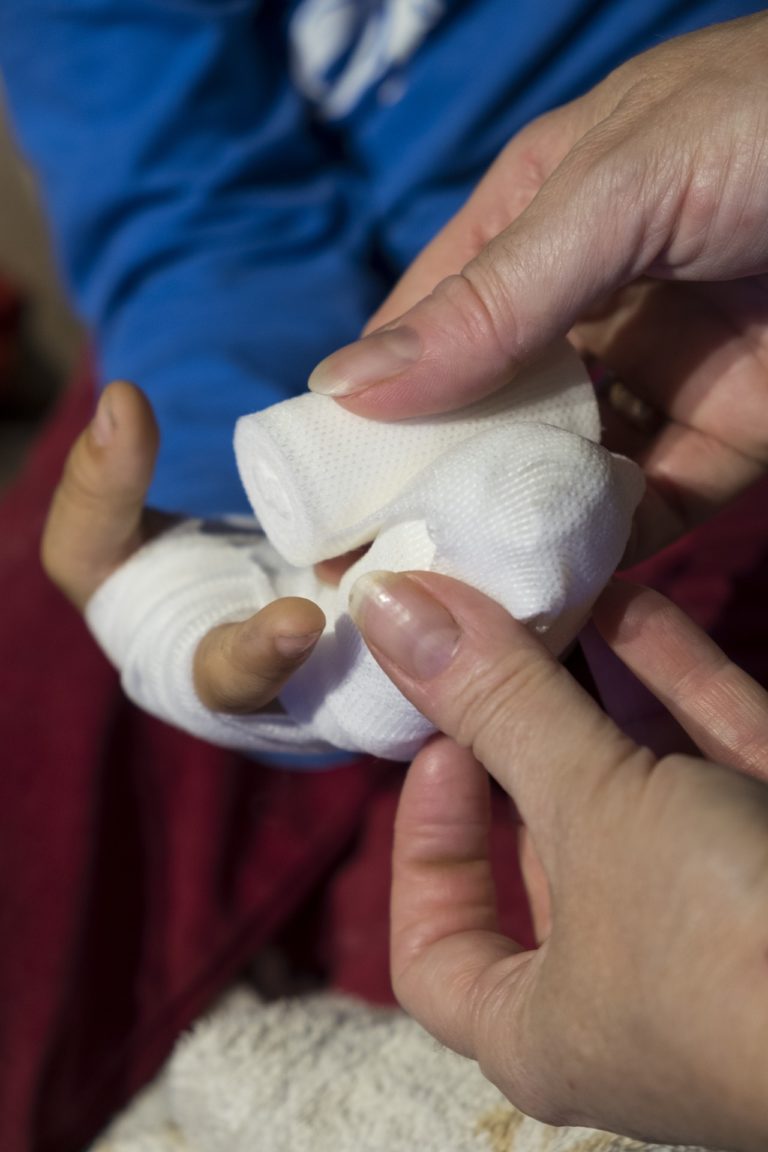Think about the last cut, break, or scrape you received. I’m sure you took care of it somehow, whether it was simply by being careful around it, bandaging it yourself, and/or going as far as making a visit to the doctor’s office. We all know that neglecting a cut, break, or scrape could lead to infections, complications, and in worst case scenarios even death! We are careful when the wound is visible, when we can see it, but sometimes gloss over the wounds that aren’t visibly apparent.
Picture this – anytime there is a negative interaction between any two individuals, a wound is created in your relationship with that individual. In my case, when I think about what that means for educators in a 6-12 school with 1000+ students moving around in a building, it becomes apparent that there are tons of opportunities for these wounds to be created. Whether it be a student who slept during your lesson (papercut) or a student who refused to comply with a direction before walking out of your class (gash in your arm), there are countless instances where wounds are opened. Just as you would never ignore cut or break, you should never leave a wound in a relationship untreated.
Neglecting these wounds is detrimental to the health of your relationship with that student. Untreated, every single interaction serves to make the wound even larger. The lens with which you view student misbehaviors becomes skewed; everything looks and feels worse than it is. Think about it – a bump on the knee isn’t so bad when there’s nothing wrong with it, but a bump on a knee with an open cut on it is a completely different story.
If you don’t follow up with that student who walked out of our class, every little thing that student does will feel like salt in the wound. Talking in class will be interpreted as an extreme act of defiance and not completing his/her homework will be construed as a blatant action meant to undermine your classroom. The same goes for the student involved! Asking the student to take out his pencil will be taken as an unrighteous affront to his/her pride that s/he will not stand for. We need to take appropriate action to avoid these inaccurate perceptions becoming what you and the student view as reality.
This is the hard part. How do you mend a wound you cannot see? That’s where restorative conversations come into play. Before I go further, let me be clear – at no point does this mean consequences should not be assigned to the student. If a rule/expectation is broken/not met, then a consequence needs to be assigned. However, this doesn’t mean that you shouldn’t follow up with the student after the fact and work toward mending the wound in the relationship.
As the adult and the role model in the relationship, it’s your responsibility to help the student see what they did wrong and show them that you care.
Talk to them about the incident, ask them what caused them to act a certain way, and take ownership over anything you could have done differently.
As a School Director (Principal), if I didn’t do this, I’d be miserable every day I had to address student misbehavior. There are days when my job revolves around holding students accountable, but some of my best relationships have been built out of the mending process I’ve gone through with students. This isn’t something that’s going to be easy, but trust me, you and your students will go home feeling a better. That makes sense though, doesn’t it? A bandaged wound feels a lot better than an open one.



